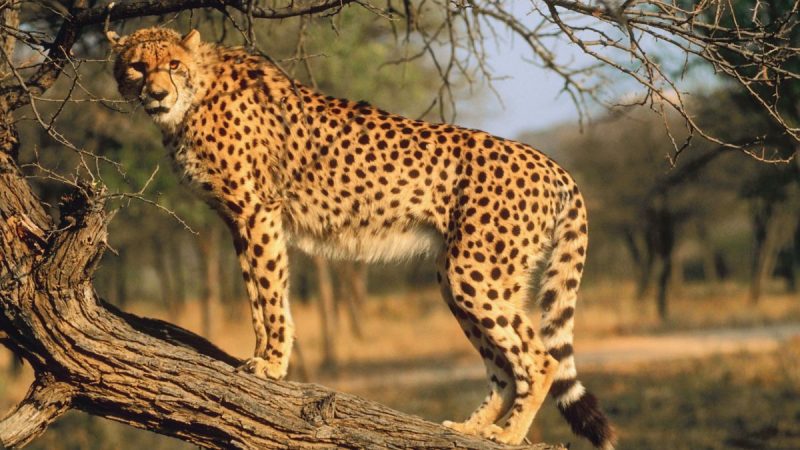The reintroduction of cheetahs into Madhya Pradesh represents a pivotal step in efforts to restore ecological balance in India. The Gandhi Sagar Wildlife Sanctuary in Madhya Pradesh is now fully operational as a cheetah sanctuary.
Reintroduction Of Cheetahs In Gandhi Sagar

Earlier, teams from South Africa and Kenya visited the sanctuary to see if the cheetahs would be comfortable there. The Gandhi Sagar Wildlife Sanctuary in Madhya Pradesh is now fully operational as a cheetah sanctuary. Prey animals were sent to Gandhi Sagar from other tiger reserves, such as Kanha, Satpura, and Sanjay, to guarantee the cheetahs had enough food. This is a small portion of a larger initiative to restore cheetahs to India. Eight Namibian cheetahs were released into Kuno National Park last September, and twelve more from South Africa followed in February 2023. There are now 26 cheetahs, including 13 adults from South Africa and Namibia, after the tragic death of one cub.
At a recent meeting of the state wildlife board, which was chaired by Chief Minister Mohan Yadav, officials verified that all preparations were finished. The chief minister also requested that officials check the possibility of reintroducing rhinos and other uncommon and endangered animals to Madhya Pradesh’s forests during the meeting. The Gandhi Sagar Wildlife Sanctuary is situated roughly 270 kilometres from Kuno National Park in the Mandsaur district. This 64 square kilometre new cheetah habitat is fenced up for their protection.
Also Read: India’s Project Cheetah And Kenya’s Cheetahs Join Forces in A Historic Wildlife Initiative
Cheetahs Were Once Popular

Cheetahs once roamed widely across India, with significant populations in various regions, including Madhya Pradesh. The disappearance of cheetahs disrupted the natural predator-prey balance, resulting in unchecked populations of certain herbivores and subsequent habitat degradation. The absence of this keystone species has had long-term ecological repercussions, which the reintroduction project aims to address.
In recent years, Madhya Pradesh has emerged as a major location for cheetah reintroductions. The goal of this project, which is a component of a larger conservation effort, is to restore the cheetah population in India following its local extinction in the 1950s. The project is mainly focused on Kuno National Park. It is a designated region that is perfect for the reintroduction of these animals.
Launched in 2020, the restoration strategy included bringing cheetahs from Africa, where population trends are more steady. The Indian government is working with several international wildlife organizations on this ambitious endeavour. India’s history of animal conservation reached a major turning point in 2022 when the country received its first group of cheetahs.
Cover image credits: Canva





